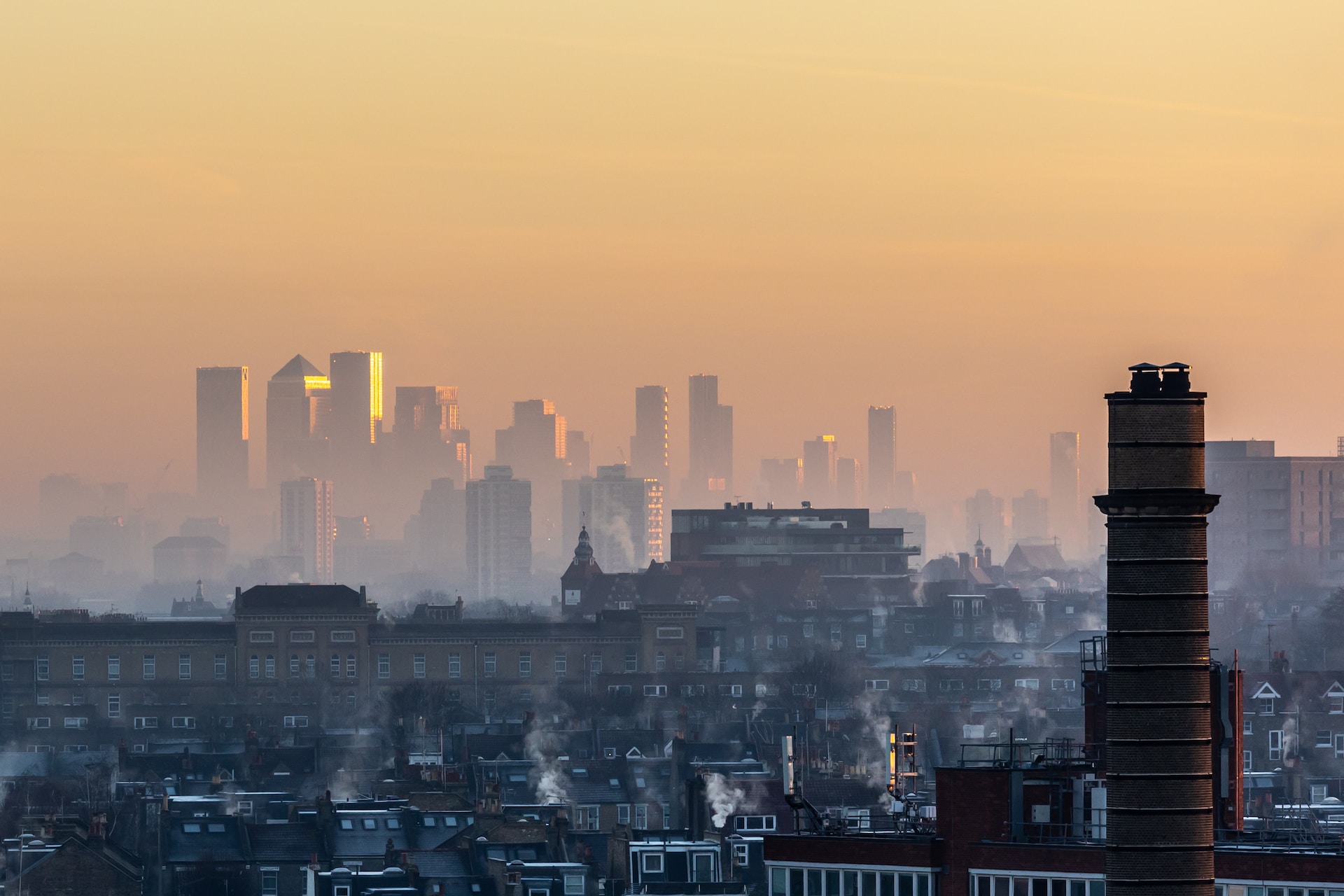Air Pollution: What Is It and What Does It Mean for Cities?
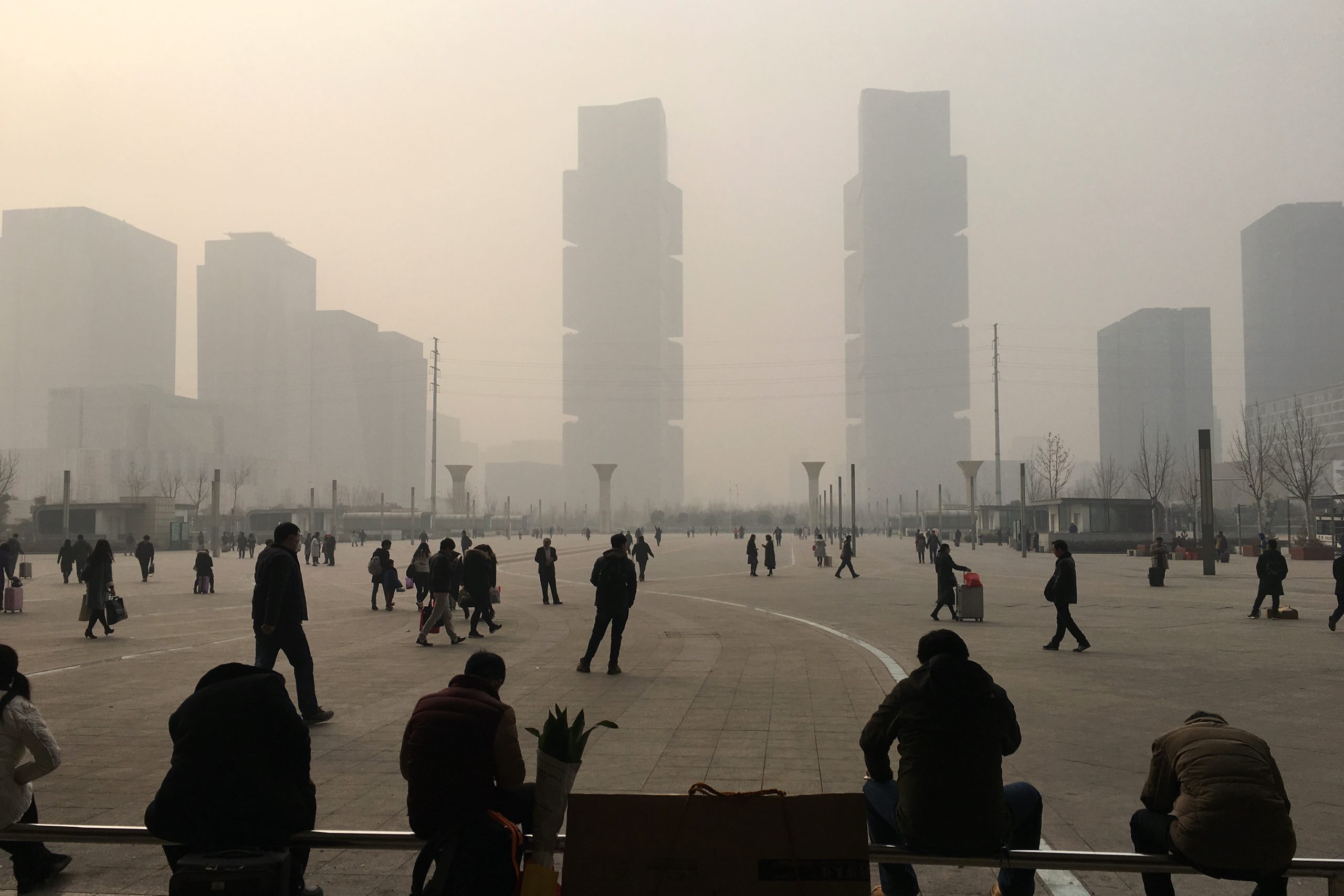
Air pollution is one of the first things we think about when asked about the challenges that today’s cities face. But what is air pollution exactly and what does it mean for cities? Read more about the cities and population groups most at risk and about potential solutions for cleaner air.
Billboard
Skyscrapper
Halfpage
What causes air pollution?
According to the World Health Organization (WHO), air pollution is the contamination of the indoor or outdoor environment through chemical, physical or biological agents. These pollutants modify the natural characteristics of the atmosphere. The most common sources of air pollution are
- household combustion devices
- motor vehicles
- industrial facilities
- forest fires.
All of these produce pollutants, from particulate matter and carbon monoxide to nitrogen dioxide, and sulphur dioxide. They lead to polluted air, which can cause respiratory and other diseases in humans.
A video by TED Ideas illustrates the complex dynamics of the small pollution particles swirling around within the air, even when it displays only the ones by nature. This is how you read the map:
- red-orange dots = dust, sand
- red dots = (forest) fires
- white dots = coal from volcanoes
- blue dots = seasalt
99% of the world’s population breathes dirty air
There are two major pollutants, NO2 (nitrogen dioxide) and fine particulate matter 2.5 (PM 2.5). NO2 is mostly found where it is emitted, which is in urban areas and by busy roads. PM 2.5 is more widely spread. It consists of soot and dust generated by the burning of fuels and the application of brake pads to tyres.
The topic is extremely important because 99% of the global population breathes air that is more polluted than the WHO guideline limits suggest. Low- and middle-income countries tend to suffer from the highest exposure. This leads to more morbidity and mortality in these countries.
In addition, the drivers of air pollution are also sources of greenhouse gas emissions. Air quality is closely connected to the earth’s climate and to the quality of ecosystems globally. Therefore, policies and projects to reduce air pollution offer a win-win strategy for both climate and health.
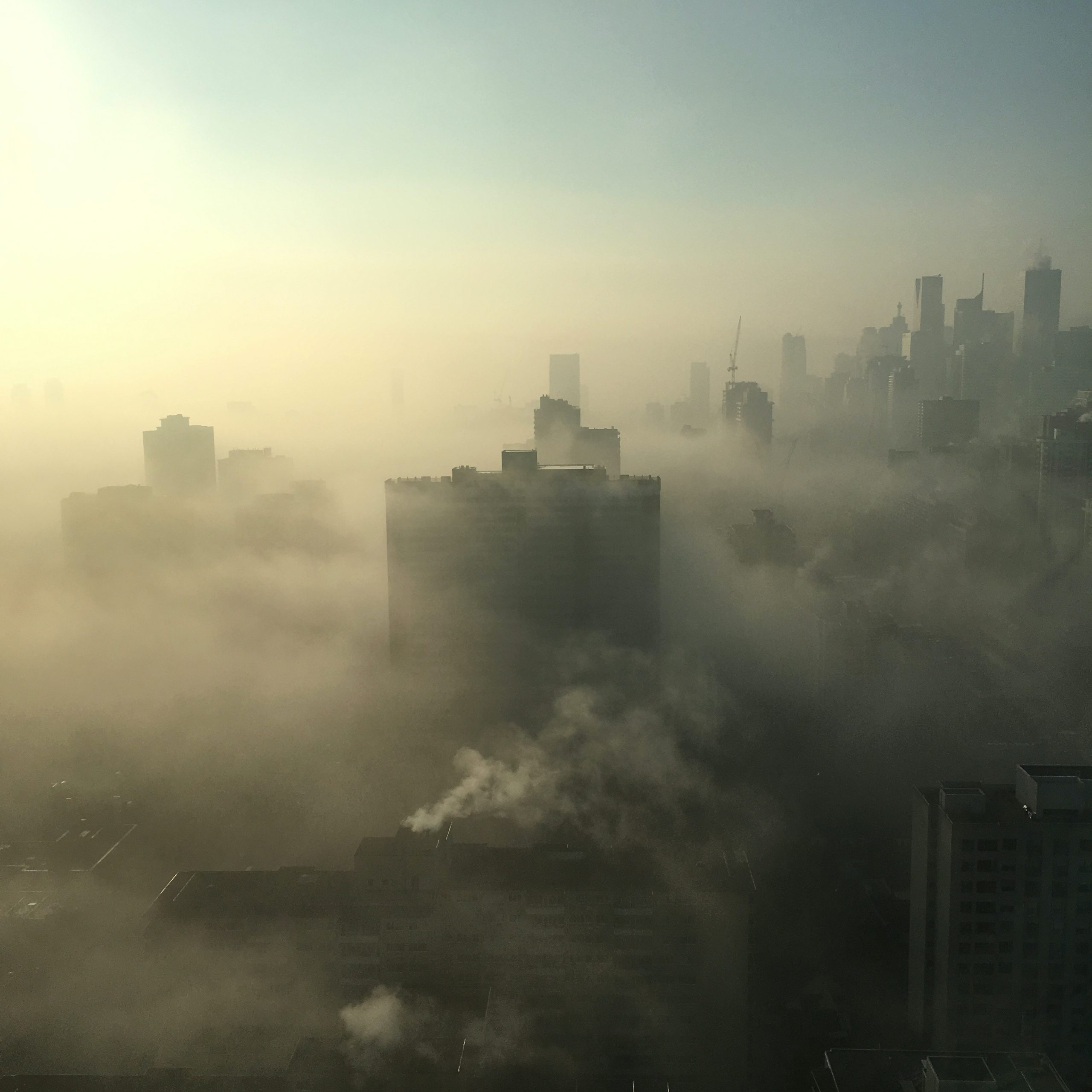
India and China at the top of pollution
In cities, air quality is often particularly bad. Most urban residents are breathing unhealthy levels of pollution, in particular PM 2.5 and NO2. The tiny PM 2.5 particles from vehicle emissions, coal-burning power plants, industrial emissions, and similar sources can easily get into the lungs. Sometimes, they even get into the bloodstream, negatively affecting our health. NO2 has many of the same sources and is particularly high in urban areas with a high concentration of traffic. This pollutant is not only linked to the aggravation of asthma symptoms, but also to the development of asthma in children.
A look at the levels of air pollution in cities around the world shows an interesting geographic pattern: Low- and middle-income countries tend to have higher PM 2.5 pollution, whereas NO2 levels are high everywhere. This is due to higher-income countries burning less fires and investing more in air quality measures. Not all cities experience the same level of air pollution and even within a city, there are often big differences in air quality.
The air pollution index
In order to measure air quality standards, the air pollution index by non-profit organisation IQAir counts how many times a city exceeds the WHO guidelines for air pollution. In 2022, the list top
- Lahore in Pakistan
- Hotan in China
- Bhiwadi in India
- Delhi in India.
Together with other cities in China, India, Pakistan, Chad, Iraq, Bahrain, and Bangladesh, these cities make up the top 50 of the world’s most polluted cities.
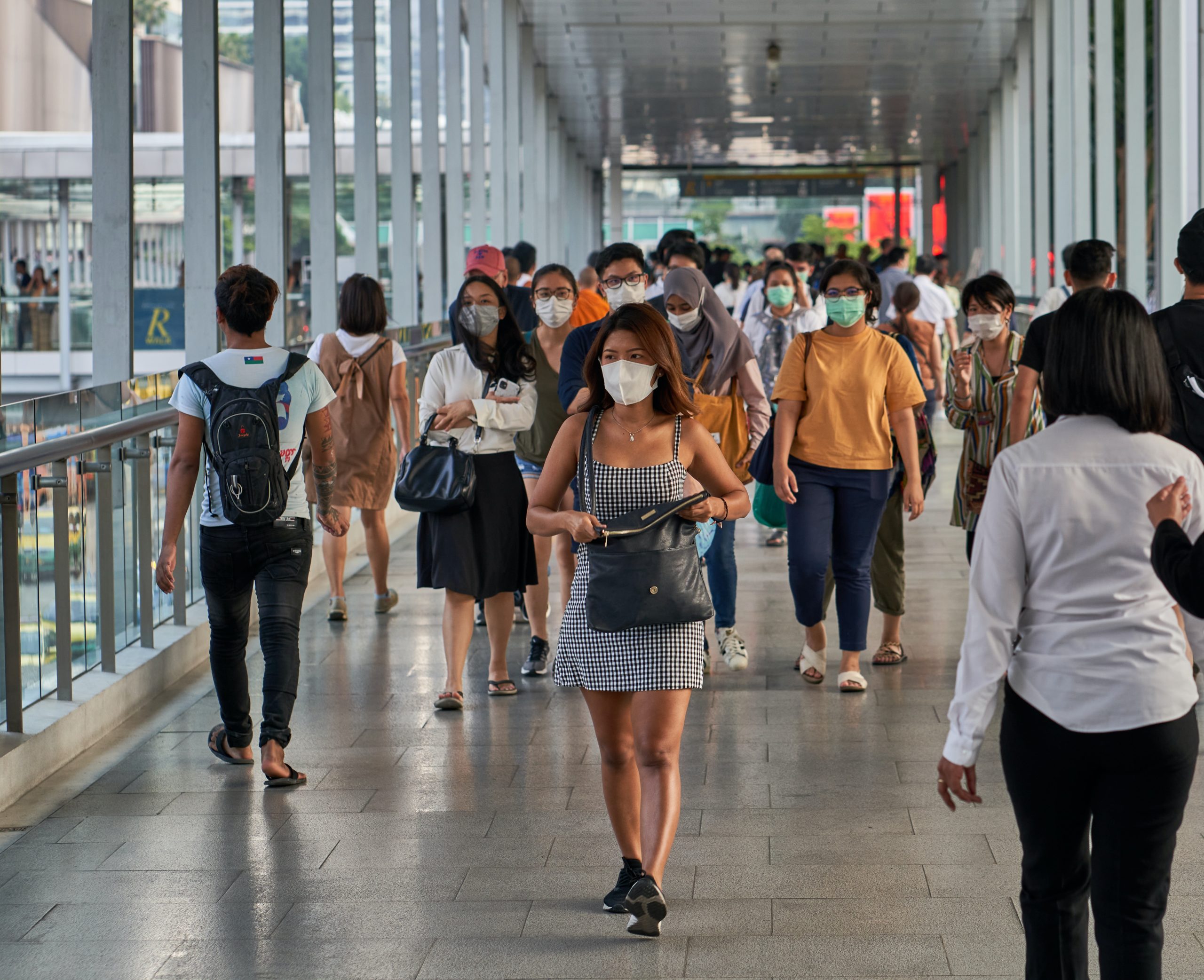
Air pollution: Children’s health at risk
Data on how poor air quality affects health is still limited, since symptoms such as asthma attacks brought on by poor quality are difficult to record in a systematic way. Experts such as the UK’s Royal College of Physicians estimate that air pollution might be responsible for over 20,000 hospital admissions a year due to respiratory or cardiovascular in the UK alone.
Generally, vulnerable groups are likely to experience a deterioration in their health due to poor air quality. These groups include children, people with respiratory or cardiovascular diseases, and the elderly. In Europe, breathing dirty air could be the cause for the premature death of at least 1,200 children per year. The European Environment Agency has found that on top of this, many thousands more are afflicted with physical and mental health problems caused by air pollution, which could have lifelong impact.
It appears that children in particular are very susceptible to air pollution since the pollutants can have a permanent impact on their development. High levels of pollutants can inhibit their lung capacity, cause asthma, lead to higher levels of respiratory disease and ear infections, and increase the risk of allergies. They might also affect brain development in children. Since children breathe faster than adults, are closer to the ground and tend to be outdoors more, they are more at risk than adults.

Understanding local emissions before acting on air pollution
Overall, air pollution is not an easy challenge to tackle. It starts with measuring air quality: There is no single way to assess the quality of our air. Differentiating between emissions and concentration of pollution is even more difficult. Existing emissions data mostly serves to identify the source and origin of pollutants. However, local emissions are only part of the problem. Concentration levels are also important, and they can include pollution from emissions somewhere else. For example, New Delhi faces high levels of pollution every November, when the farmers in surrounding fields burn the residue of their harvest.
Around the world, air pollution might cause as many as 7 million premature deaths per year. Considering that the pollutants are also toxic for the environment, it is key to reduce the key sources of air pollution. These are some options:
- Promoting sustainable land use
- Using cleaner household energy and transport
- Providing energy-efficient housing
- Generating cleaner power
- Imposing strict bans on industry
- Improving municipal waste management
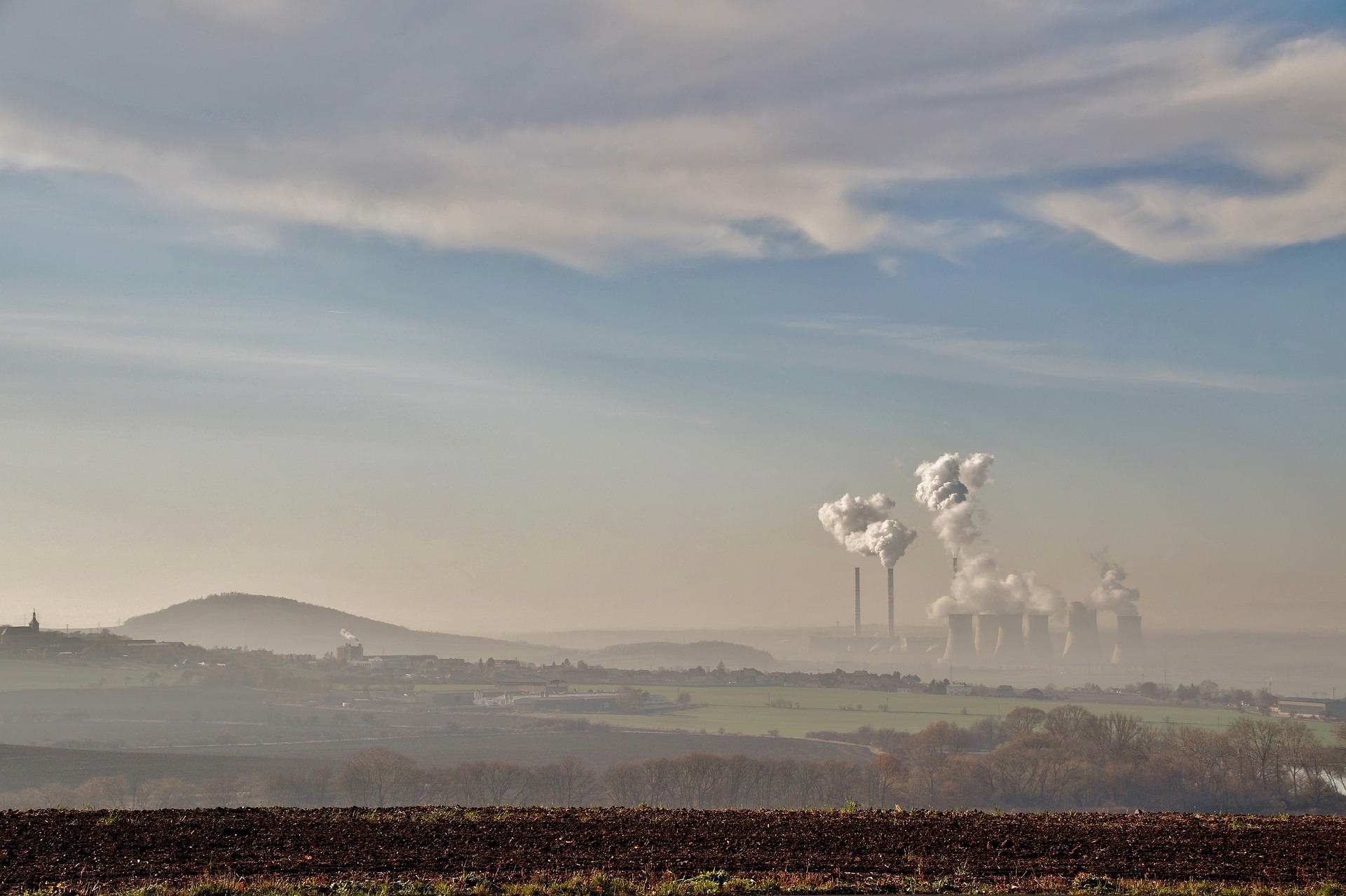
How cities are improving their air quality
However, there are many success stories at the local and even the national scale that have successfully improved the air quality in cities. For example, the US’s Clean Air Act from 1963 has made cars, trains, and boat engines 99% cleaner since the 1970s. Industrial pollutants from the manufacturing industry have shrunk by over 60% between 1990 and 2008. The Act successfully limits the emissions from vehicles and industries. It also allows people to sue industries that break the rules and standards of air quality. And it provides money for research into pollution control.
Beijing in China has reduced its PM 2.5 levels by 36% in just five years by controlling power plant and industrial emissions. In addition, the city has placed great importance on fuel quality and emission standards for vehicles.
London’s Ultra Low Emission Zone has reduced NO2 emissions by 36% in the first six months after its launch in 2019. It is set to be expanded to all London boroughs from August 2023. Many other cities have also implemented air quality management areas or clean air zones. And mayors from over 45 cities around the world have signed the C40 Clean Air Accelerator. With this, they are committing to clean air by 2025.
